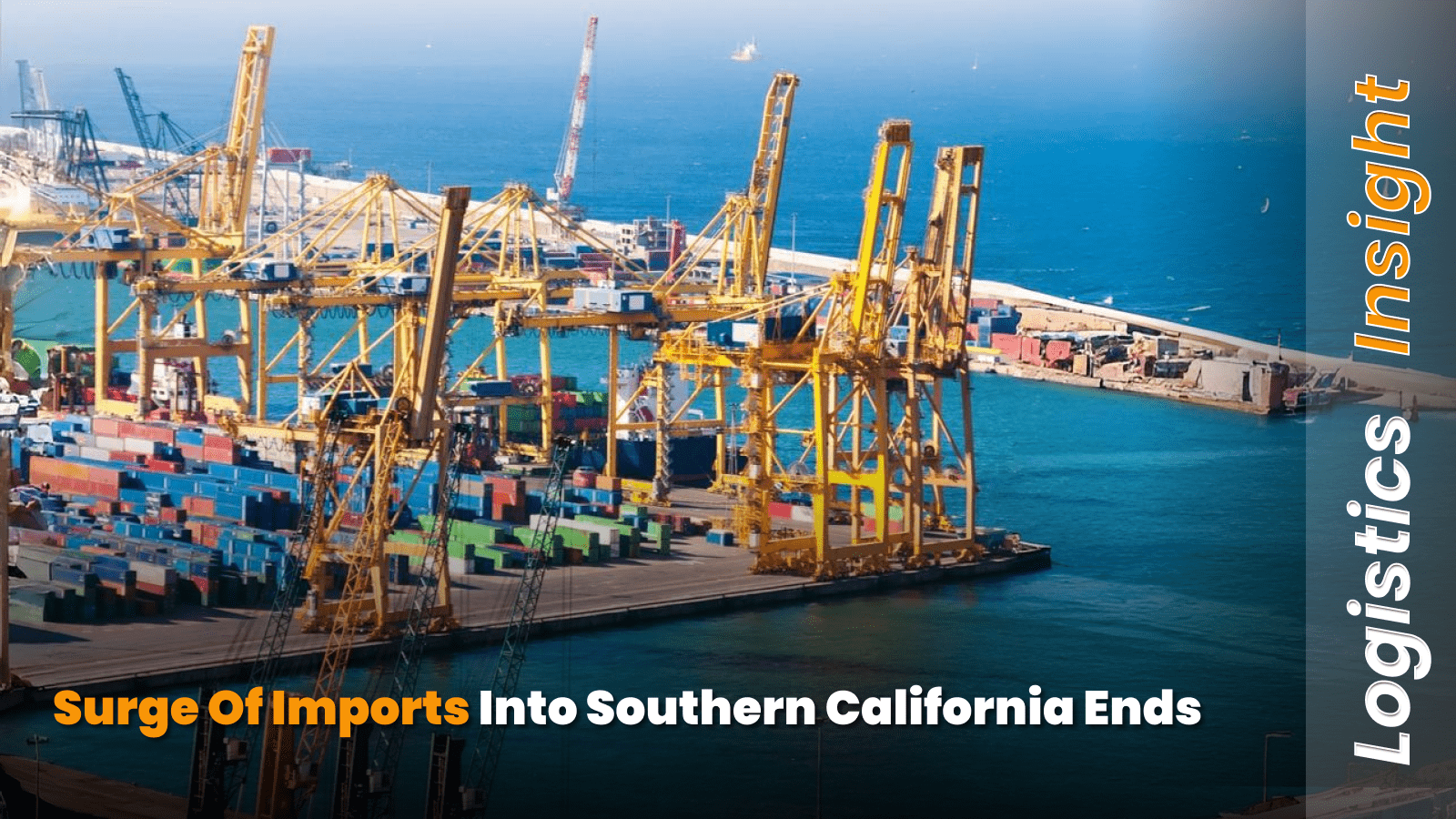
Surge of Imports Into Southern California Ends
Retailers and manufacturers are reducing orders after tariffs pushed a wave of cargo through the ports of Los Angeles and Long Beach.
Cargo Surge Winds Down
The tariff-driven rush into America’s busiest port complex has come to an end.
In August, the ports of Los Angeles and Long Beach handled 944,832 import containers, measured in 20-foot equivalent units. While that is a strong number for a typical year, it represents a 6.6% drop from July’s record, when more than 1 million containers were processed.
Port of Los Angeles Executive Director Gene Seroka said he expects volumes to decline further in September and October, since many retailers already moved in their year-end goods ahead of tariff deadlines.
“We’ve already seen the peak of the peak,” Seroka said. “That window of opportunity through late June and July, August seems to be it.”
Tariff-Driven Swings in Volume
U.S. ports have spent this year managing sharp changes in cargo traffic, as shifting tariffs led retailers and manufacturers to either rush shipments, pause, or scale back orders.
At the start of the year, Los Angeles and Long Beach recorded strong imports as companies accelerated orders ahead of possible levies. In May, imports dropped sharply when U.S. tariffs on China briefly rose to 135%.
Volumes surged again over the summer after the administration reduced China’s tariff rate, and as businesses moved quickly to import goods before new tariffs on other countries took effect in early August.
Now, importers are holding back due to tariff uncertainty, changing trade policies, and worries about consumer demand.
National Port Activity
According to the National Retail Federation’s Global Port Tracker, U.S. ports processed 2.36 million containers in July and 2.28 million in August, both close to record highs, as retailers raced to move goods before tariff deadlines.
Source: The Wall Street Journal




Comments are closed